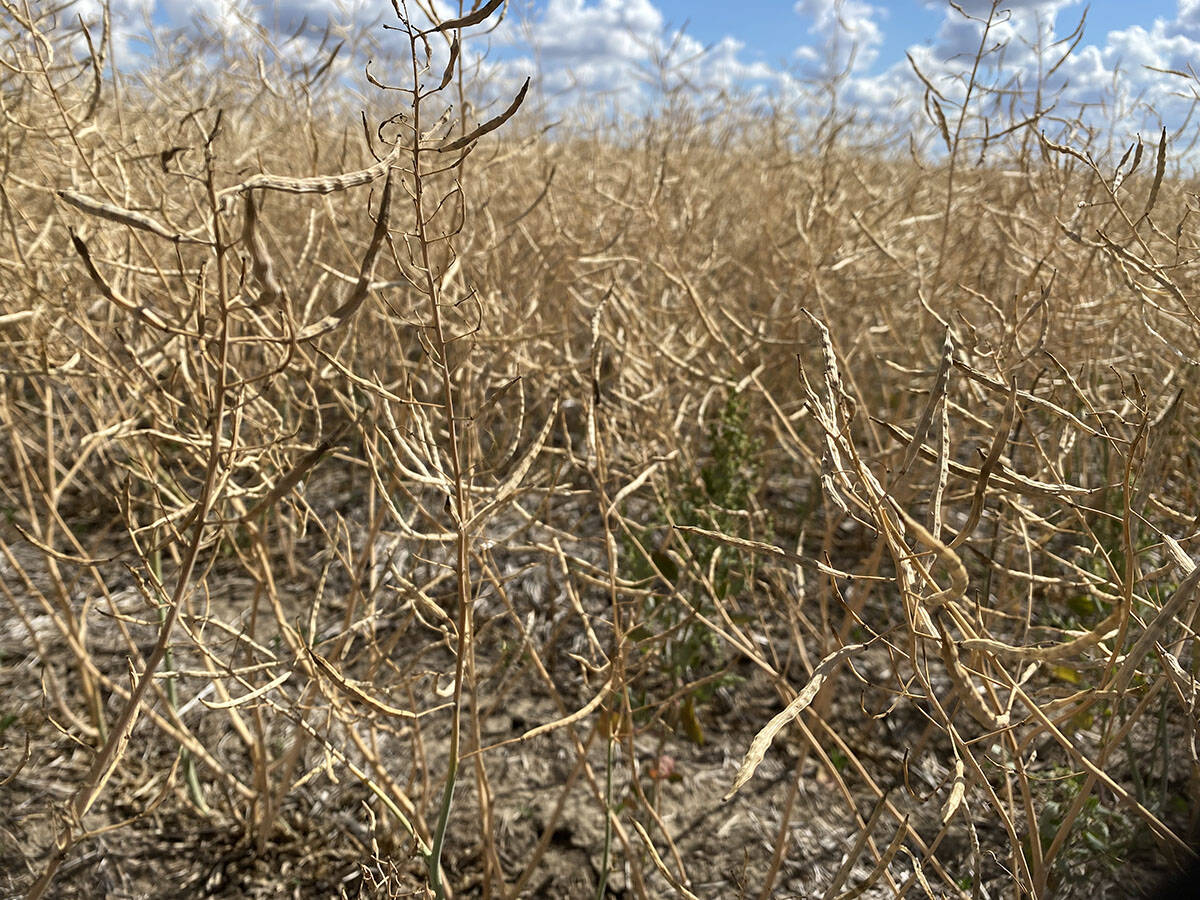As Canadian politicians and economists fret about the loonie’s stunning slide and the ongoing slump in global oil prices, consumers are grappling with the rising cost of food.
In recent weeks, several major media outlets have aired stories about food prices, which have jumped four to five percent in the past few months, an increase that’s been widely blamed on the slumping loonie.
Take, for example, the humble cauliflower, the price of which has soared as high as $8 per head. The price has skyrocketed so much that many restaurants have said they are contemplating removing the vegetable from their menu because it’s simply too expensive to supply.
Read Also

Crop insurance’s ability to help producers has its limitations
Farmers enrolled in crop insurance can do just as well financially when they have a horrible crop or no crop at all, compared to when they have a below average crop
It’s worth noting that Canada’s agriculture industry as a whole is expected to benefit from the economic downturn, with the falling loonie likely to make Canadian exports more affordable for international buyers. Meanwhile, demand for local produce is increasing as Canadians look for alternative food sources.
In an economic update in early January, J.P. Gervais, Farm Credit Canada’s chief economist, said: “Low interest rates and a weak dollar will continue to contribute to favourable economic conditions for Canadian agriculture in 2016.”
For Canadian consumers, though, it’s a bit of a different story.
With winter in full force across the country (hello wind chill, how we did not miss you), grocery stores and restaurants have, again, turned to warmer food-growing regions such as California and Florida to fill the void. However, with the Canadian loonie hovering below US69 cents, the cost of those imports have increased. The surge has been compounded by the extended drought in California and heavy rain in Florida.
It’s no secret most of the fruit and vegetables that Canadians eat, particularly at this time of year, are imported from the United States.
In 2014, Agriculture Canada found American producers and processors exported $26.2 billion in agricultural goods to Canada. Fruit and nuts topped the list at $3.7 billion with vegetables in second place at $2.7 billion. In all, trade between the two countries is valued at $50 billion, which makes it one of the most robust in the world.
This is not the first time Canadians have been hit with sticker shock at the grocery stores. Last year, fruit and vegetables jumped in price by 9.1 to 10.1 percent, according to an annual report by the Food Institute at the University of Guelph.
The institute predicts fruit and vegetables will continue to increase higher than inflation this year, by up to 4.5 percent for some items.
Still, the rising cost of food is already starting to attract political attention.
In a teleconference from Washington, D.C., Jan. 15, federal agriculture minister Lawrence MacAulay acknowledged that the falling loonie is making food more expensive for Canadians.
“All I can tell you is that Canadians have access to high quality, safe food at a reasonable price,” he told reporters. “But, I understand that … it’s difficult for people.”
Still, MacAulay noted that “the average share of the household budget spent on food has been declining over time and remains at around 10 percent.”
That may be the case, but the precarious state of the national economy has already forced a higher number of Canadians to turn to their local food bank for help. In its annual report, which was released in December, Food Banks Canada found that food bank use in Alberta, where 62,000 Albertans have lost their jobs, jumped 23 percent.
Meanwhile, Food Secure Canada, which is a multi-organization interest group dedicated to eliminating hunger, has said it wants MacAulay to ensure all Canadians have healthy food to eat, despite the rising costs.
The Canadian Federation of Agriculture also plans to raise the issue of a national food strategy, which it has long been pushing for, in meetings with the minister.
MacAulay has said he’s open to hearing from provincial, territorial and industry counterparts on how best to handle the issue, which is included in his mandate letter from prime minister Justin Trudeau, but declined to give further details.















